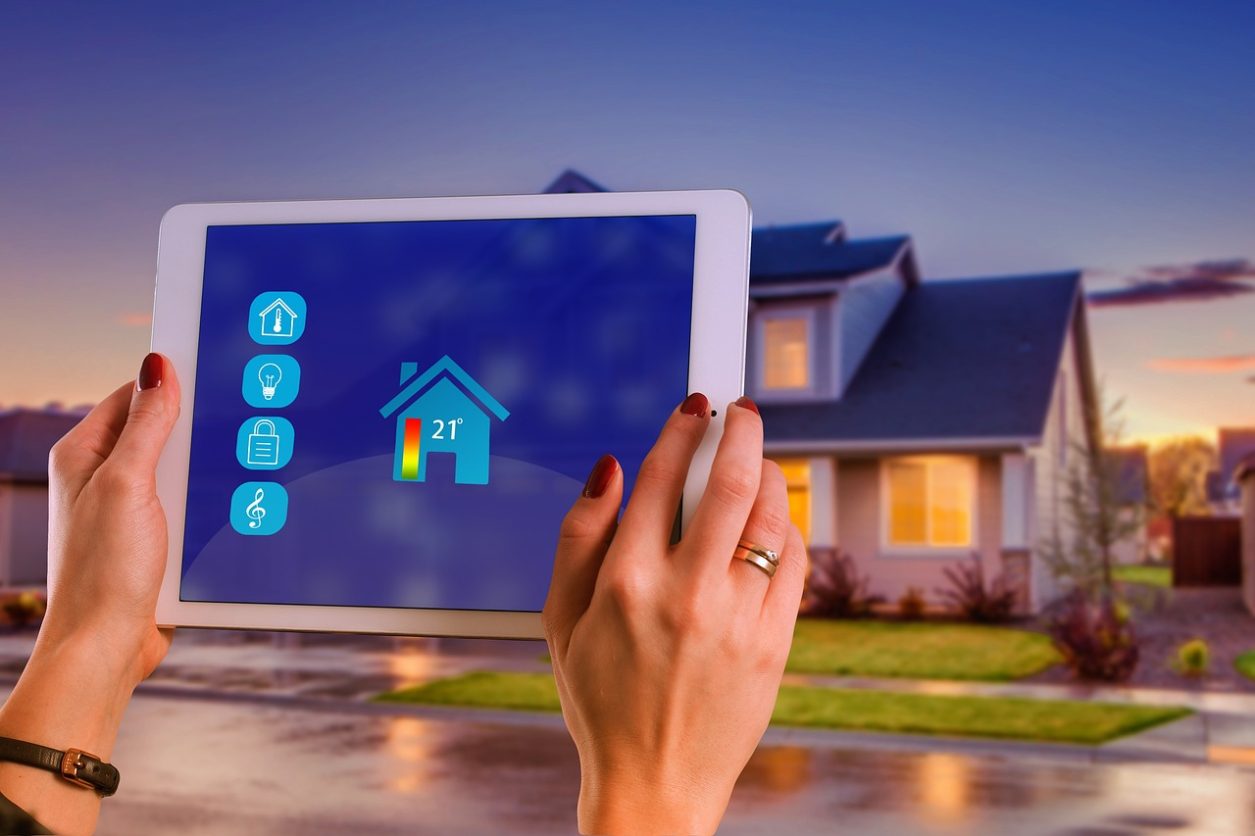
Creating an eco-friendly home not only benefits the environment but also contributes to a healthier and more sustainable lifestyle. By making simple changes and adopting sustainable practices, you can transform your home into an eco-friendly haven.
In this blog post, we will explore practical ways to make your home more environmentally friendly. From energy efficiency to waste reduction and sustainable materials, these tips will help you create a greener living space that promotes sustainability, conservation, and a healthier planet for future generations.
Energy-efficient lighting
One of the easiest and most effective ways to make your home eco-friendly is by switching to energy-efficient lighting. Replace traditional incandescent bulbs with energy-saving LED bulbs. LED bulbs consume less energy, last longer, and emit less heat. They not only reduce your carbon footprint but also save you money on electricity bills.
Use natural cleaning products
By using non-toxic, biodegradable, and renewable resources, these products are not only safer for you but also kinder to our planet. Plus, you can even create these solutions yourself by using simple ingredients like vinegar, baking soda, and essential oils. So, next time you reach for a bottle of chemical-laden cleaner, remember that there are eco-friendly alternatives that can still get the job done.
Water conservation
Conserving water is crucial for a sustainable home. Install low-flow showerheads and faucet aerators to reduce water usage without sacrificing water pressure. Consider installing dual-flush toilets that allow you to choose between a full or partial flush. Collect rainwater in barrels for outdoor use, such as watering plants or cleaning. Fix any leaks promptly to avoid wasting water.
Sustainable materials
When renovating or furnishing your home, choose sustainable materials that are environmentally friendly. Opt for bamboo flooring, which is a renewable resource that grows quickly. Consider using reclaimed wood for furniture, which gives new life to old materials.
Explore countertops made from recycled glass or other sustainable materials. By opting for these eco-friendly choices, you reduce the demand for new resources and minimize environmental impact.
Composting and recycling
One simple way to reduce waste in your home is by implementing composting and recycling systems. Start by setting up a compost bin to turn food scraps and yard waste into nutrient-rich soil. Not only will this help your garden thrive, but it will also prevent unnecessary waste from ending up in landfills.
Additionally, it’s crucial to recycle paper, plastic, metal products, and glass bottles- especially those with lids– to conserve resources and reduce landfill waste. Be sure to properly sort and dispose of your recyclables to ensure they are processed correctly. By practicing these measures, you contribute to a circular economy and minimize the strain on our natural resources.
Energy-efficient appliances
Upgrade to energy-efficient appliances with high Energy Star ratings. These appliances are designed to consume less energy while providing the same functionality. Look for energy-efficient refrigerators, washing machines, dishwashers, and air conditioners. By investing in these appliances, you not only reduce your energy consumption but also save money on utility bills in the long run.
Smart thermostat
Install a programmable or smart thermostat in your home to optimize energy usage. These thermostats allow you to schedule temperature adjustments based on your daily routine, reducing heating or cooling when you’re away.
Some smart thermostats even learn your preferences and adjust temperatures accordingly. By using a smart thermostat, you can maximize energy efficiency and create a comfortable living environment while reducing energy waste.
Natural lighting and ventilation
Take advantage of natural lighting and ventilation to reduce energy usage. Open curtains and blinds during the day to allow natural light into your home. This not only reduces the need for artificial lighting but also creates a bright and inviting space.
Utilize natural ventilation by opening windows and using ceiling fans instead of relying solely on air conditioning. This approach helps to cool your home naturally and decreases reliance on energy-consuming cooling systems.
Conclusion
Transforming your home into an eco-friendly haven is a rewarding and impactful endeavor. By implementing energy-efficient lighting, using natural cleaning products, conserving water, choosing sustainable materials, practicing composting and recycling, investing in energy-efficient appliances and a smart thermostat, and embracing natural lighting and ventilation, you can create a sustainable and environmentally conscious living space. Let’s work together to create a greener future for our planet.





